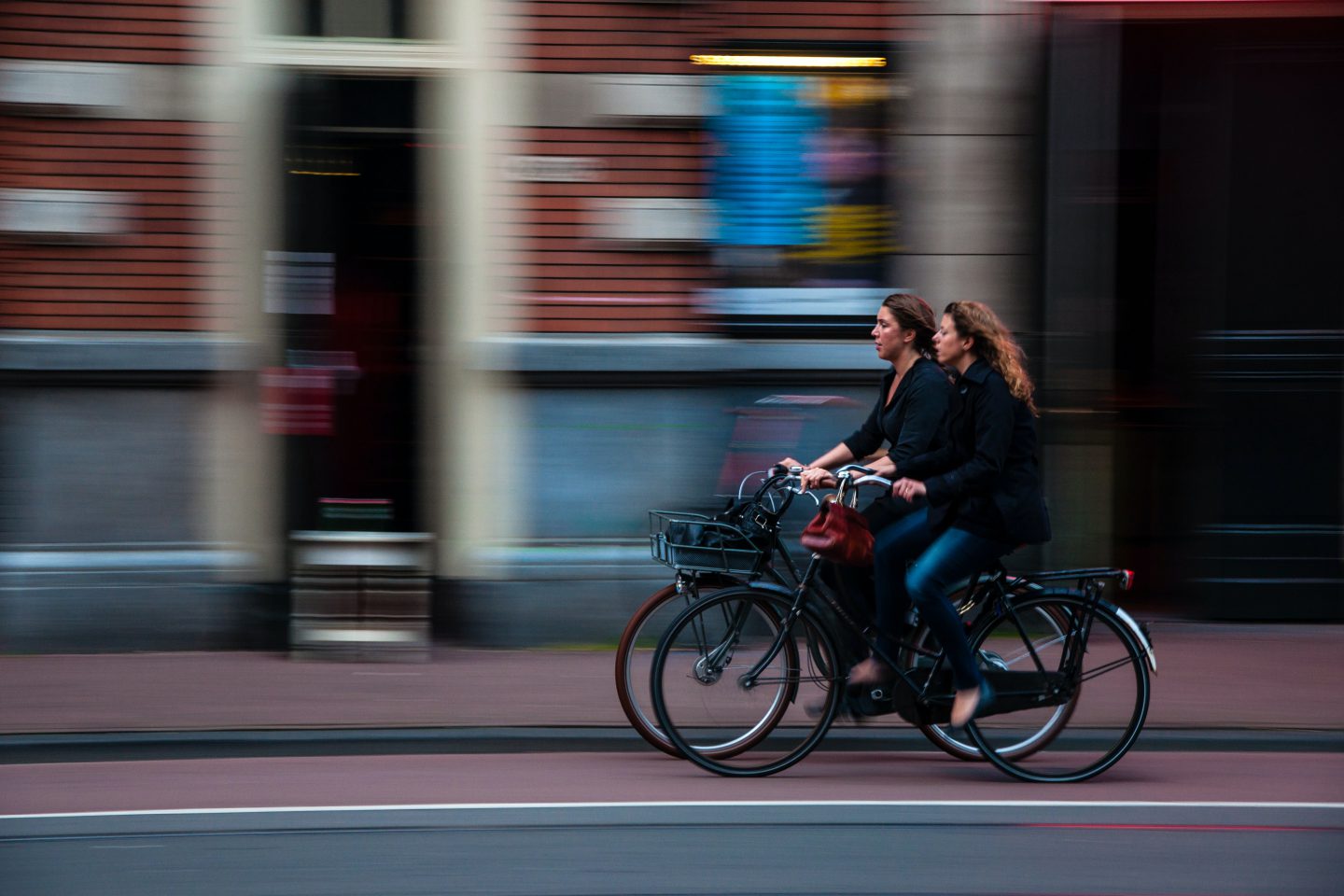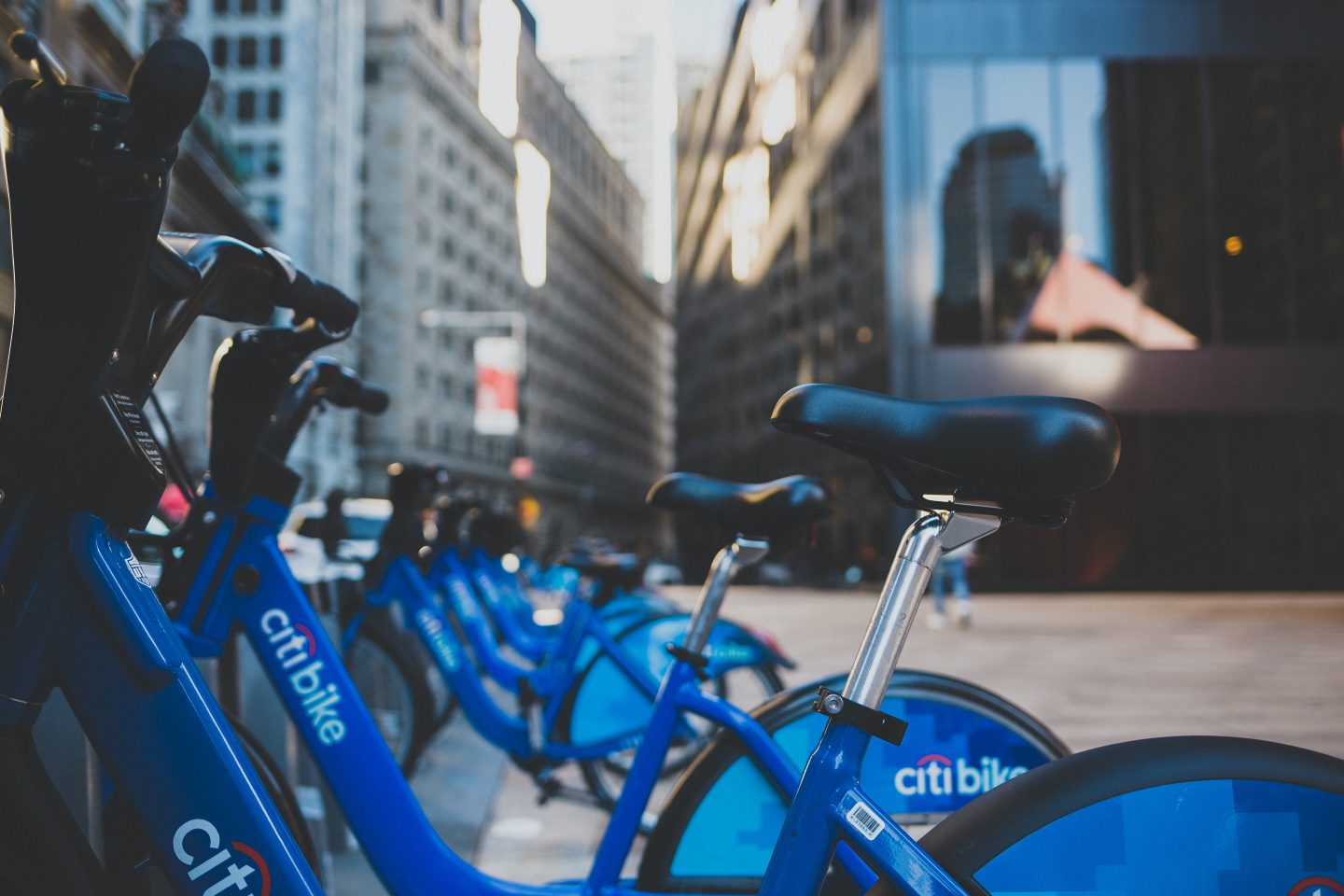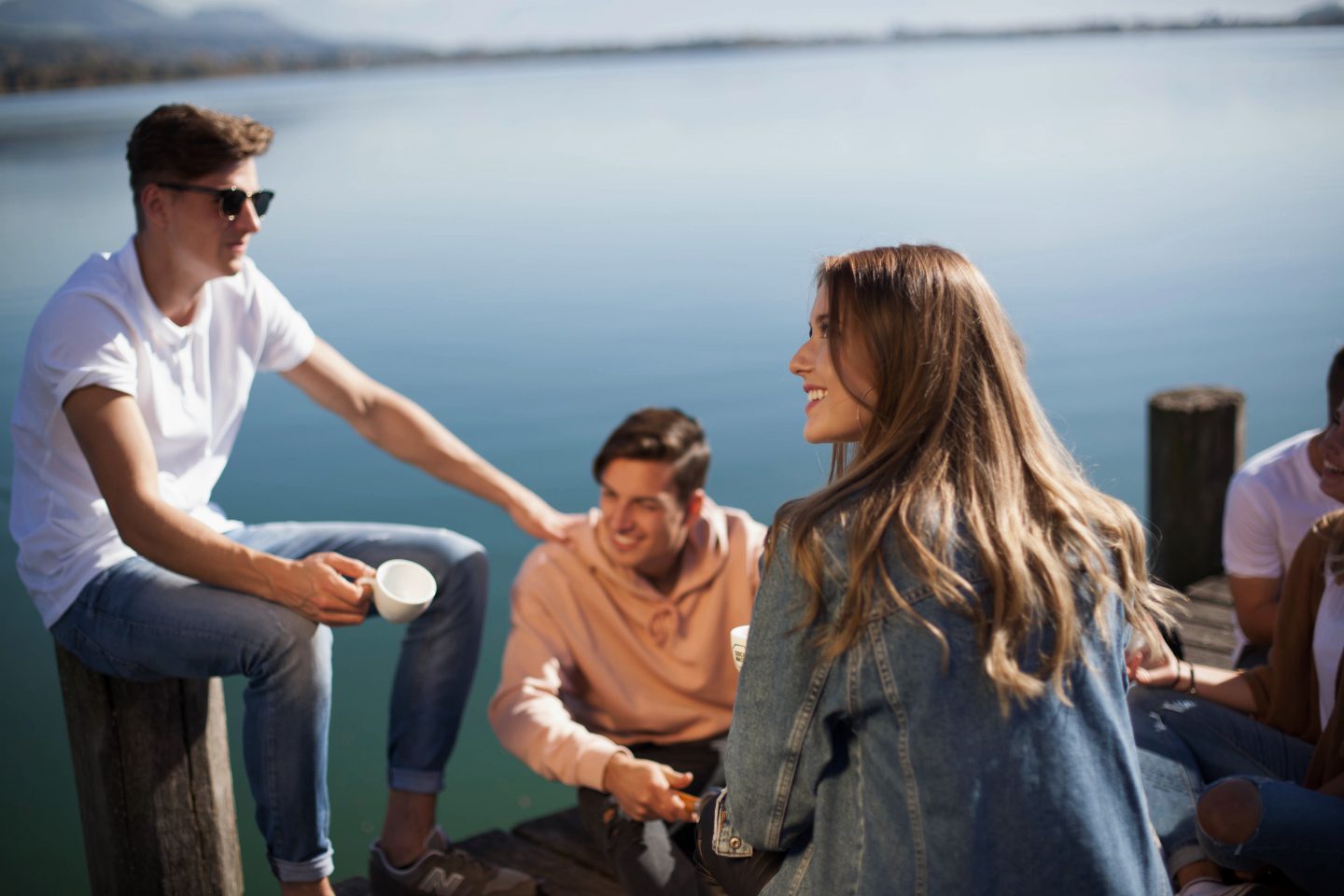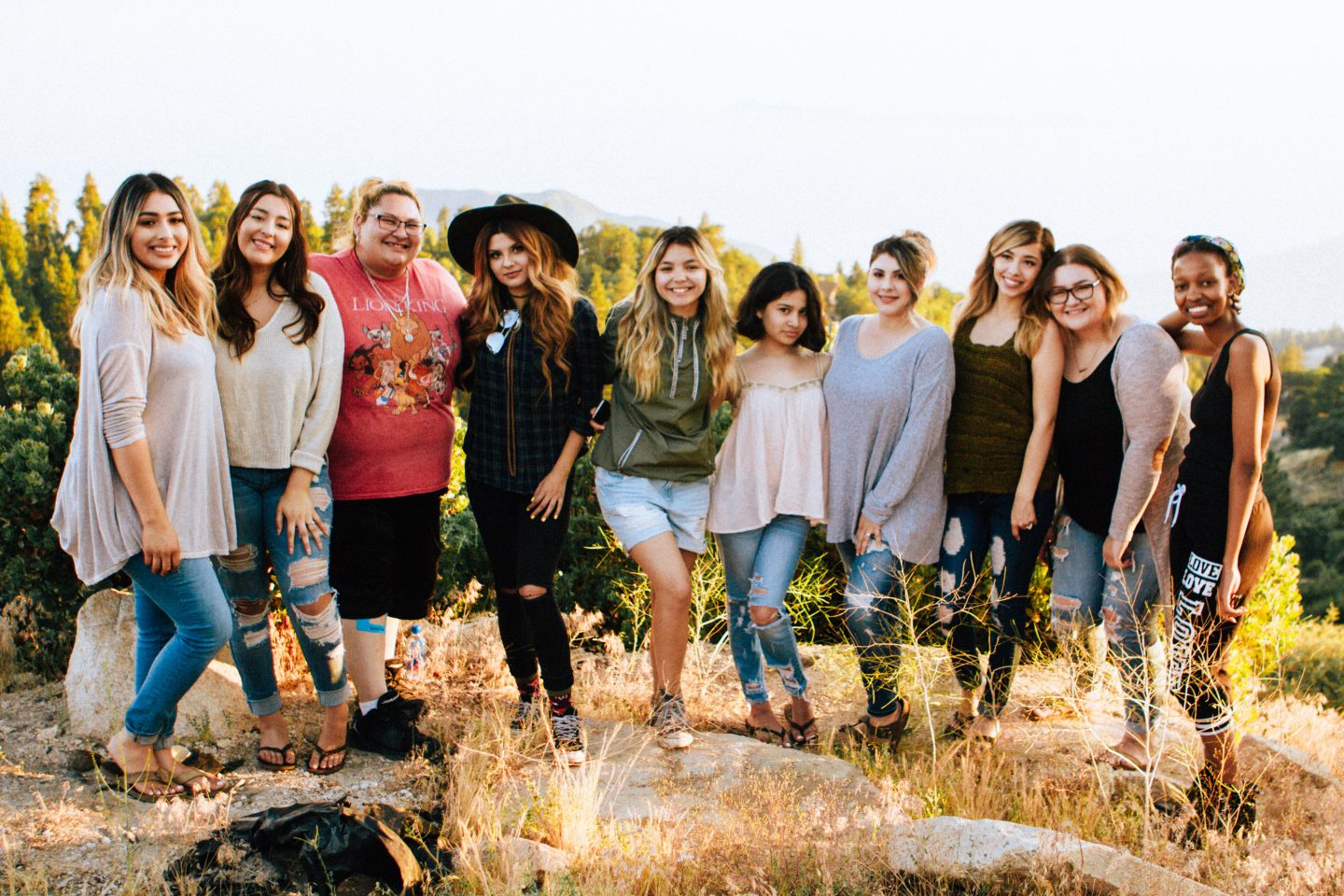Sticking closer to home because of COVID-19 has shown many people what cities can be like with less traffic, noise, congestion and pollution. Roads and parking lots devoted to cars take up a lot of land. For example, in Phoenix, Los Angeles and New York City these spaces account for over one-third of each city’s total area.
When stay-at-home orders went into effect in many parts of the U.S. in March, streets and parking lots went dormant seemingly overnight. Within days, municipalities across the U.S. started shifting these spaces to other uses that better suit people.
Read more →









